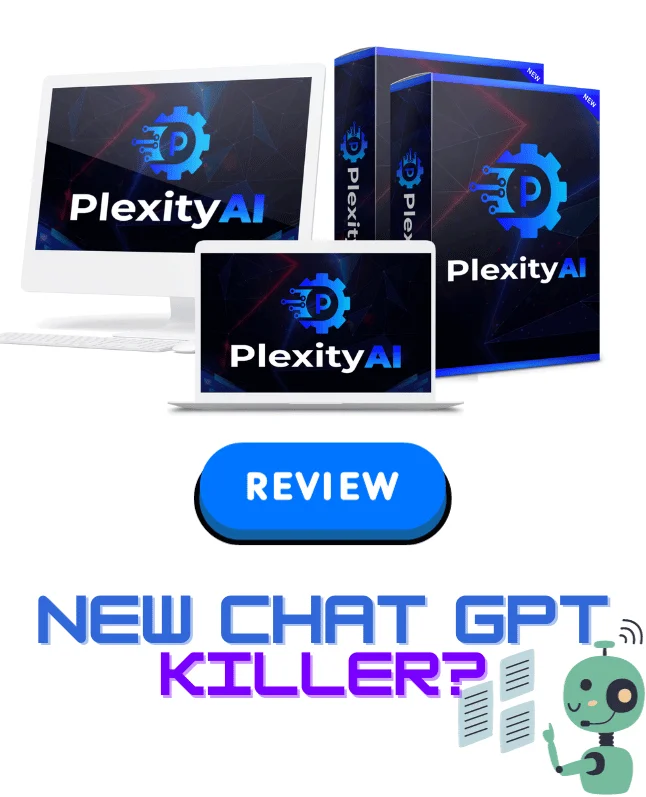In the ever-evolving world of digital marketing, standing out from the crowd while ensuring maximum return on investment (ROI) is no small feat. Affiliate marketing is known for its performance-based results, and is one avenue proven to yield impressive outcomes. But when combined with the power of paid advertising, it becomes a game-changer.
Imagine harnessing the precision of paid ads and marrying them with affiliate marketing expertise. The synergy not only boosts visibility but also sharpens targeting, leading to higher conversions. Yet, the challenge lies in navigating this potent alliance effectively.
How can affiliate marketers leverage paid ads without overspending? What strategies guarantee the best bang for your buck? This blend of art and science requires a delicate balance of creativity, strategy, and analytics.
Dive into actionable insights and strategies designed to elevate your affiliate marketing game. Whether you’re a seasoned marketer or a curious newcomer, unlocking the secrets of maximizing ROI and conversions through paid advertising starts here.
Affiliate Marketing Paid Advertising: Understanding the Basics
Before diving into the intricacies that maximize returns, it’s crucial to grasp the foundational elements of affiliate marketing paid advertising. This fusion starts with understanding how affiliate marketing—which involves earning commissions by promoting others’ products—works harmoniously with paid advertising strategies.
The Role of Paid Advertising
Paid advertising is a strategic tool that amplifies visibility and reach. It could be through platforms like Google Ads, Facebook, or Instagram, each offering unique targeting options to reach your ideal audience. When affiliate programs harness these platforms, they can drive targeted traffic to high-converting offers with precision.
Think of paid ads as the fuel that powers your affiliate marketing engine. They cut through the noise and place your offers in front of those most likely to convert, turning casual browsers into potential buyers.
Finding the Right Fit
Every successful campaign starts with selecting the right products and partners. Dive deep into your audience’s needs, aligning with products that not only resonate with them but also offer substantial and transparent commission structures. Understanding these basics sets the stage for creating impactful campaigns designed to boost ROI and conversions effortlessly.
The Best Paid Advertising Platforms for Affiliate Marketing
Choosing the right advertising platform can make or break your affiliate marketing strategy. With numerous options available, it’s essential to select those that align with your target audience and campaign goals.
Google Ads stands as a powerful tool due to its extensive reach and comprehensive targeting capabilities. Whether through search or display ads, it allows you to tap into a vast audience actively seeking solutions.
Social media platforms like Facebook and Instagram offer unparalleled targeting precision. Their sophisticated ad targeting options allow advertisers to reach users based on interests, behaviors, and demographics, making them ideal for engaging storytelling ads that captivate audiences.
For those aiming to connect with a professional audience, LinkedIn Ads can be exceptionally effective. It’s perfect for B2B affiliate marketing, allowing for targeting based on job titles and industries.
Finally, consider the power of YouTube Ads. With video content’s popularity, this platform offers dynamic opportunities to engage users visually, making your promotions memorable and impactful.
Selecting the right platform is crucial to ensure that your paid advertising efforts in affiliate marketing reach the right people at the right time, maximizing both engagement and conversions.

How to Create Compelling Ad Copy for Affiliate Offers
Crafting compelling ad copy is both an art and a science, crucial for capturing attention and driving conversions in affiliate marketing. Your words should resonate with the target audience, sparking curiosity and promoting action.
Start with a strong headline. It should be clear and intriguing, instantly conveying the value or solution your offer provides. Think of it as the hook that reels users in and encourages them to read further.
Clarity and brevity are your allies. Use concise language that speaks directly to the needs and desires of your audience. Highlight the benefits of the product, focusing on what sets it apart from competitors.
Incorporate a call-to-action (CTA) that prompts immediate action. Whether it’s "Learn More," "Get Yours Now," or "Join Us Today," an effective CTA creates urgency and guides users on the next step.
Adding social proof, such as testimonials or statistics, can enhance credibility, reassuring users that your offer is trusted and valuable. With these elements combined, your ad copy becomes a magnet for clicks and conversions, turning casual interest into committed engagement.
Optimizing Landing Pages for Affiliate Conversions
Your landing page is the pivotal junction where curiosity meets action. Crafting an optimized landing page is essential to convert visitors into leads or customers within the realm of affiliate marketing.
Start by ensuring your landing page aligns seamlessly with your ad copy. Consistency in messaging creates a smooth user journey, building trust and reducing bounce rates.
Streamlined Design
Simplicity is key. A clean, uncluttered design helps visitors focus on the essential information. Use compelling visuals to support your message but avoid overwhelming the page with unnecessary elements.
Incorporate a prominent, clear call-to-action that stands out visually. Guide users toward it instinctively through strategic placement and contrasting colors.
Tailor the content to resonate with your specific audience, addressing their pain points and highlighting the benefits of the offer. Use testimonials or case studies to enhance credibility and convince potential buyers of the offer’s value.
Load Speed and Mobile Optimization
Don’t overlook technical optimizations. Ensure your landing page loads quickly and is fully optimized for mobile devices. A seamless experience across all devices keeps visitors engaged, positively impacting conversion rates.
With these strategies, your landing page becomes a powerful tool in capturing and converting interest into tangible results.
Measuring ROI: Key Metrics and Analytics Tools
Understanding the impact of your affiliate marketing efforts hinges on accurately measuring ROI. Identifying key metrics and utilizing the right analytics tools are essential for refining strategies and maximizing returns.
Start with conversion rate, the fundamental metric that reveals the percentage of visitors completing the desired action. A higher conversion rate indicates effective audience targeting and messaging.
Monitor click-through rate (CTR) to assess the effectiveness of your ad copy and creative assets. A high CTR signifies that your ads resonate well with the target audience.
Keep an eye on cost per acquisition (CPA), which shows how much you spend to gain a single customer. A lower CPA signifies efficient ad spending, improving overall profitability.
Advanced analytics tools like Google Analytics and Facebook Pixel offer deep insights into user behavior, tracking everything from traffic sources to user engagement. By leveraging these tools, you can pinpoint areas for optimization, tailoring strategies for superior ROI.
Finally, don’t overlook lifetime value (LTV). Understanding the long-term value of a customer helps you evaluate the broader impact of your campaigns beyond immediate conversions.
By diligently tracking and analyzing these metrics, you can refine your approach, ensuring your affiliate marketing endeavors remain profitable and result-driven.
The Bottom Line: Strategies for Maximizing ROI and Conversions
As the digital landscape continues to evolve, affiliate marketing combined with paid advertising remains a powerful strategy for those looking to enhance both ROI and conversions. Yet, success hinges on a thoughtful approach, where every element—from ad copy to landing page design—is meticulously crafted and aligned.
The journey begins with understanding the basics, where selecting the right advertising platforms becomes pivotal. By choosing platforms that align with your target audience, you set a solid foundation for reaching potential converters effectively. Crafting compelling ad copy follows suit, ensuring your message not only captures attention but also drives the desired action.
Also, the landing page is where conversions often happen. By optimizing its design and functionality, you turn curious clicks into tangible actions. It’s about creating a seamless experience that resonates with visitors, compelling them to take the next step.
Furthermore, consistently measuring success through relevant metrics is not just advisable—it’s essential. By utilizing analytics tools, you gain insights that inform your strategy, enabling you to fine-tune elements that yield significant improvements in performance.
To sum up, while affiliate marketing with paid advertising may appear complex, dissecting it into these core components makes the path to success clearer. Strategic decisions and ongoing optimizations ensure your efforts are not in vain, paving the way for maximizing both ROI and conversions. As you continue to test and refine your approach, you’ll find the perfect balance that consistently delivers profitable and rewarding results.
















